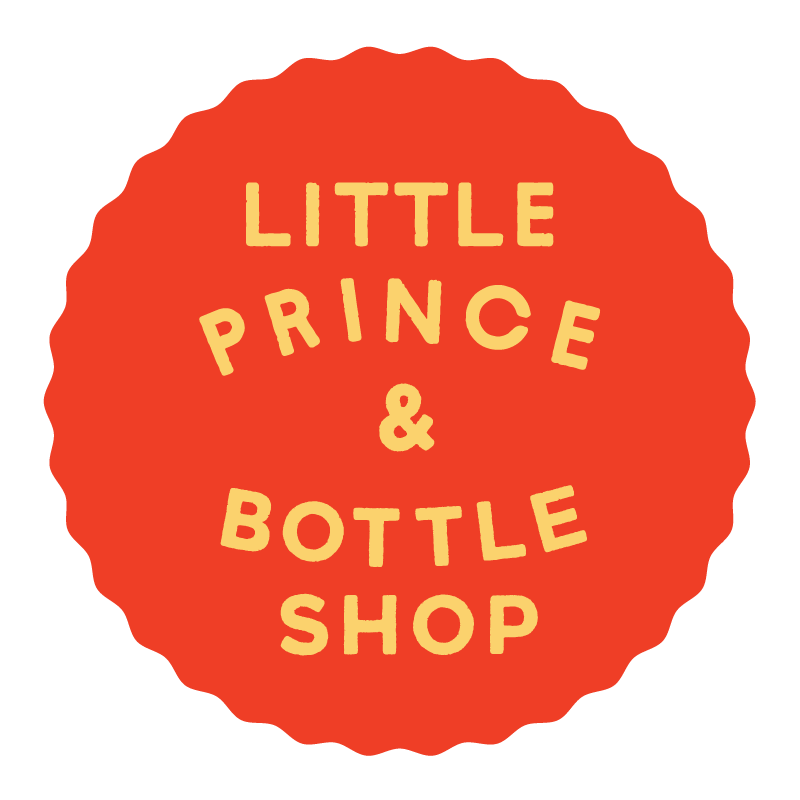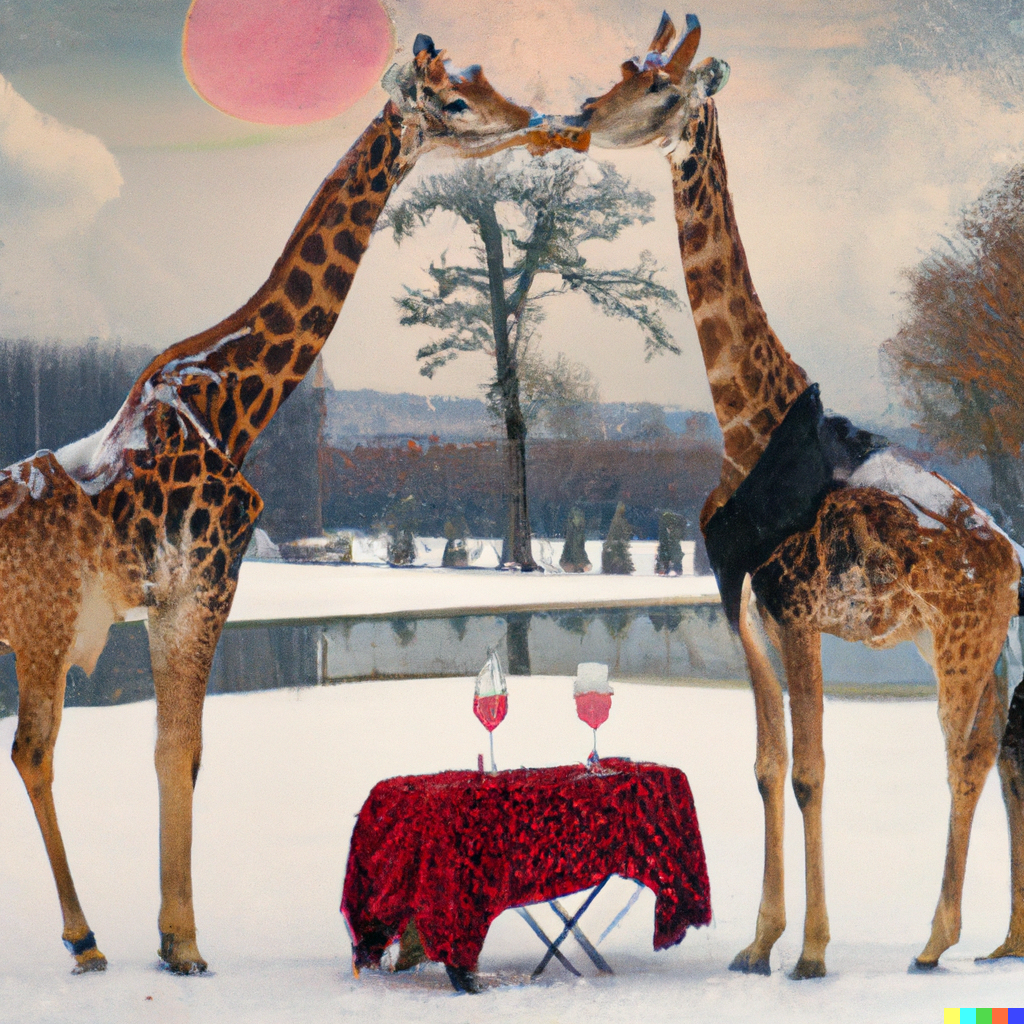Wine Club | January 23: Germanic Winter Chill
Germanic Winter Chill
〰️
Germanic Winter Chill 〰️
Germanic Winter Chill
La crème de la crème, the international community of wine critics so often heartily agrees, of perhaps white wine itself. This selection of German wines was chosen to be representative of the heart of the Germanic wine world across both Germany and Austria. A wondrous new realm to explore for the uninitiated and a red-faced, cozy-heartful nostalgia trip for the knowing lovers of these fantastic wines.
Little Pack
-
Located in the northern Pfalz, certified organic, practicing biodynamic farming and experimenting with 0 sulfur. Daniel and Jonas, Daniel helped his father convert to organic farming in 2018. For 1Ls, no fining and no filtration in most vintages. If filtration is needed, then it is very light and no animal products are used, so all wines are vegan. Sulfur on 1Ls also depend on vintage, but usually 40-60mg/l total. Vineyards from the valley around Bockenheimer hill, limestone, loam, loess, young vines 5-20 years old
-
5th Vineyard Project of wine importer Vom Boden; a series of collaborations undertaken "as a way of connecting soulful yet overlooked vineyards with soulful growers." This project connects Dominik Gober and Gerald Freinbichler, two young growers that have started up a winery in Burgenland, Austria. Farmed organically, this duo decided to bring back to life an old 1,000-square-foot garage winery and a few hectares of Blaufränkisch vineyards.
Prince Pack
-
Huff is in Nierstein on the Roter Hang in the northeast corner of the Rheinhessen - this area is where the most famous Rheinhessen wines originated from before Keller took the world by storm 20 years ago. Christine grows her Silvaner on the plateau back behind Nierstein in an area called Schwabsburg. The soils vary up here but her Silvaner parcel is planted on clay. Fermented and raised in stainless steel, very very likely not native yeast. The family owns the estate, Christine, the daughter, is in her early-to-mid-30s and is the winemaker, along with her Kiwi husband. Her dad still takes care of all the vineyards but he's happy to leave the winemaking to someone else. Christine trained with Keller in 2004/2005 and took over as winemaker at Huff in 2010.I don't know if they are certified, but they use no pesticides, herbicides, mineral fertilizers or "animal or chemical fining agents”
-
Female owned and operated winemaker crafting by and large mineral-driven whites. She picks early to maintain freshness. Single vineyard rieslings and gruners, very small holdings. Barbara Öhlzelt has been making wine in the village of Zöbing in Austria's Kamptal since 2004. She predominately farms Grüner Veltliner and Riesling from 6 hectares of vines in such prestigious sites as Heiligenstein (soils of primary rock, sandstone), Seeburg (slate, sand, clay) and Kogelberg (primary rock, granite, shale). The vast majority of vineyard work is done by hand and farmed along organic principles (no chemicals in soils). She produces three levels of wine: a liter Grüner Veltliner; two village wines from both Grüner and Riesling; and her single vineyard wines from Seeberg, Heiligenstein and Kogelberg. Barbara's style is one of finesse and elegance over power, density and texture. Gruner Leader - 30 year-old vines sourced from all her different vineyard sites in Kamptal, fermented and aged in stainless steel.
-
Jochen Beurer is an ex-BMX Champion Located in Swabia (Wurtenberg). Biodynamic farming, hand-harvested and fermented with native years. No sulfur, very little intervention, lightly filtered but NOT fined. This rosé is a saignée of Trollinger, Portugieser, Zweigelt and Spätburgunder.
Monthly Musings
When I was in London last summer I had the pleasure to walk through the Museum of London, a lesser known museum focusing on local archeology. You might guess, from simply reading these wine club releases, that the writer would take an extraordinarily long time to get through a Museum. You’d be right. One exhibit that I found deliciously fascinating contained amphorae–clay pots used for winemaking in antiquity–shipped from the Roman colonies on the Rhine river to the inhabitants of 1st century London. Among the bunch were even clay vessels from the Levant and Roman Syria. Unlike text or material remnants of past societies and cultures, wine persists today in its living form. When I taste contemporary wine from the Rheinhessen, a set of questions occurs to me: did the beverage those Romano-Celtic Britons drink over nearly two millennia ago taste anything like this fermented grape juice? Is there something profoundly, essentially and universally human about the desire to ship an intoxicating beverage across hundreds of miles, across oceans and rivers, deserts and plains? Despite disaster, death, war and climate change, for the sake of what? getting drunk? For the sake of tasting delicious juice? For the sake of tasting another world, a different place? A place, perhaps, that is rich and full of life and delicious. Perhaps even some of our most distant ancestors feel as I do, that a good wine like a good book always compels us outward, toward the world. And to circle back to the realm of the Rhine and the Danube, we are going to be exploring some classic categories that have been sent to every corner of the earth for centuries: Germanic wines.
To some German wine evokes the ever confounding and multifaceted mineral laced, aromatically resplendent domain of somm-approved Riesling while to others it conjures up the saccharine, industrially produced chemistry experiments of the mid 90’s and beyond which mar Riesling’s reputation. And yet, German or rather in this context, Germanic wines encompass so much more than Riesling. From the inky taut and plush expressions of Blaufrankisch in the Burgenland to the wiry and seemingly Alpine Trollingers of Württemberg Germanic wines span a significant land area, along with diverse climates and terroirs among both red and white grapes. This month’s selection is a glance at the fundamentals of this genre featuring grapes: Riesling, Sylvaner, Grüner Veltliner, Trollinger, & Blaufränkisch along with the German regions of Pfalz, Rheinhessen, and Württemburg with the Austrian Burgenland and Kamptal.
For Wine Club pick-up and to learn more about and taste these wines, stop by Saturday January 7th during Wine-Study from 1-5p!
Free wine flight of all 5 wines for Wine Club members!
Santé!
Little Prince & Bottleshop


